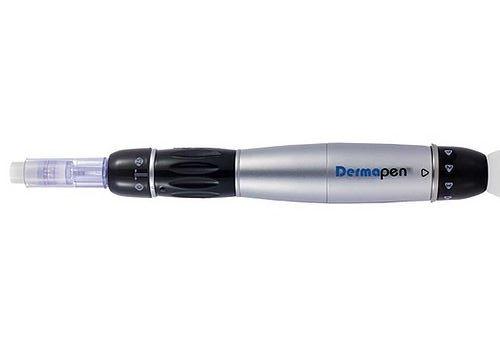Many have heard of microneedle therapy, but few understand the principles, effects, and risks involved. Let’s discuss microneedle therapy.
Microneedle therapy uses a small roller filled with fine needles to create tiny wounds in the skin and stimulate collagen production in the dermis. It is mainly used to improve wrinkles and skin texture, and can also be used to treat acne scars, stretch marks, and more. Before the therapy, an essence (such as active elements, epidermal growth factors, and hyaluronic acid) can be applied to the face. As the roller rolls over the skin, numerous tiny channels are formed that allow the essence to enter the dermis.
The treatment procedure involves applying anesthesia to the face, waiting about half an hour, applying the necessary essence to the treatment area, and then performing the microneedle therapy. The needles on the roller come in different lengths (ranging from 0.2mm to 2mm) and the appropriate roller is selected based on the need. During treatment, the microneedle roller is rolled back and forth over the face, guiding the essence into the dermis. The process may cause mild burning sensation.
Microneedling was previously more popular due to its lower price and availability of home-use rollers with shorter needles. However, it still poses certain risks as the needles can break. It is important to note that the treatment must be done under proper disinfection to avoid bacterial infection. Improper disinfection may cause facial inflammation and scarring after treatment. Also, microneedle rollers should not be reused on others as they may transmit diseases such as hepatitis B and AIDS. The procedure can be painful, especially when longer needles are used, and recovery time can last more than a week. Other risks include prolonged redness, swelling, and pigment deposition.
To find out if you are a suitable candidate for microneedle therapy, consult with your doctor!

